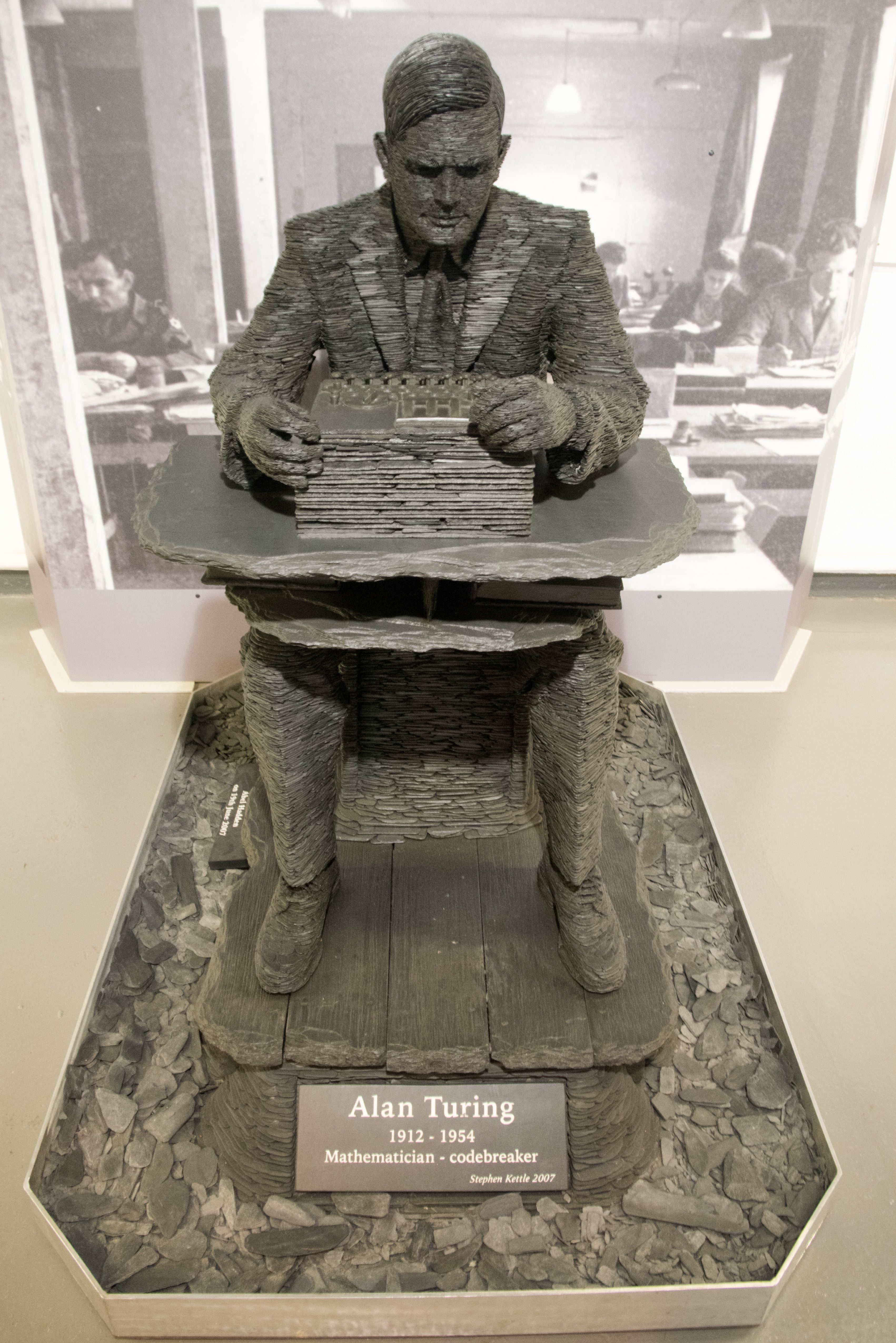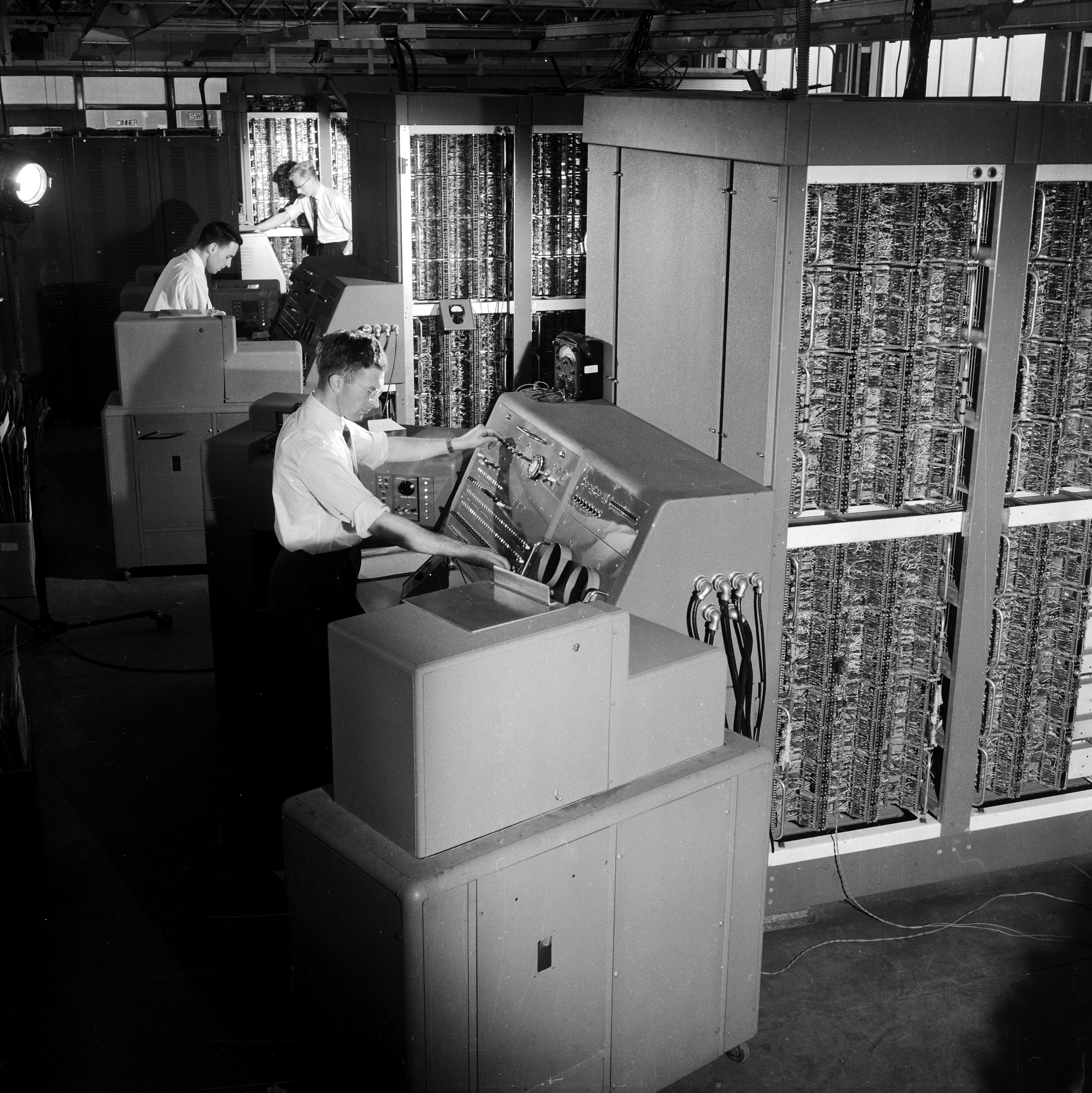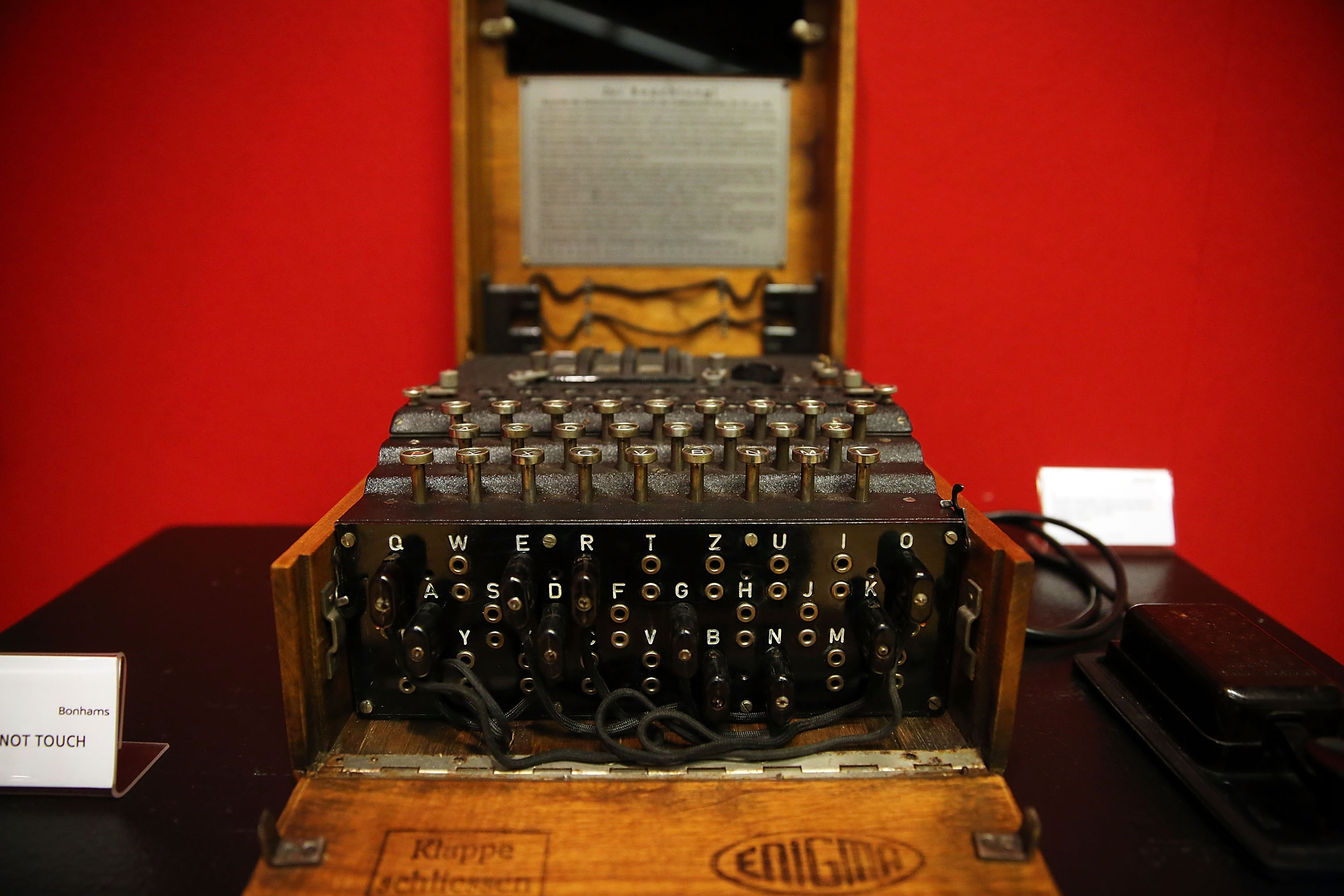Hyderabad: Alan Mathison Turing was born on June 23, 1912, in London, England. Alan parents spent a large chunk of their lives working in colonial India, in 1912. His father, Julius Turing was an Indian Civil Service (ICS) officer posted in Chatrapur, a town under the Madras Presidency, and now, in present-day Odisha.
Fluent in Tamil and Telugu, the British ICS officer had worked in various remote areas like Anantpur, Srikakulam and Kurnool, and was finally promoted as the secretary in charge of Agriculture and Commerce in 1921.

Alan's mother, Sarah Turing (Stoney) was born in Podanur, Tamil Nadu and was the daughter of Edward Waller Stoney, the Chief Engineer of the Madras and South Mahratta Railway.
Education
Alan Mathison Turing was educated at Sherborne and studied mathematical logic at King's College, Cambridge, becoming a Fellow in 1934 at the age of 22.
As a Computer Scientist, Mathematician and Cryptanalyst
- Alan Turing was an English mathematician, Computer Scientist and Cryptanalyst. Many considered him the 'founder of computing science'.
- Turing worked on the theory of computing throughout the 1930s, which was groundbreaking at the time. He also invented the "Turing machine", a concept that is key to the theory of computation.
- His revolutionary idea was to create a machine that would turn thought processes into numbers. The machine would read a series of ones and zeros from a tape that described the steps needed to solve a problem or task. It took nine years for the technology to advance to the point where a machine could be built to test his ideas - and it worked. Today all the digital computers that we use work on this same principle.

- In 1941, Turing with his team at Bletchley, succeeded in decrypting German naval signals, contributing to Allied victory in the Battle of the Atlantic.
- In July 1942, Turing developed a complex code-breaking technique 'Turingery' for use against the Lorenz cypher messages produced by the Germans' new Geheimschreiber (secret writer) machine.
- Turing was also a pioneer in the field of artificial intelligence. In 1950 he proposed, what was later known as the Turing test, a criterion to test whether a machine can think.
Wartime legacy of Turing
- During the Second World War he joined the British Government's Code and Cypher School and for his efforts in helping break the cryptic messages used by the Germans during the war he was made an officer of the Order of the British Empire.
- Building on work by Polish mathematicians, Turing and his colleagues at the codebreaking centre Bletchley Park developed a machine called the bombe capable of scanning through these possibilities.
- This allowed the UK and its allies to read German intelligence and led to a significant turning point in the war.
- After the war, Turing joined the National Physical Laboratory (NPL) where he designed and developed an electronic computer. He later quit the NPL to head the Computing Machine Laboratory where he designed the Ferranti Mark I which was the first electronic digital computer to be commercially available.
Sexuality laws of the 1950s
- In Britain, until 1967, being gay was a crime. A law passed in 1885 had made any physical relationship between two men a crime – whether it was in public or not. Two people could be arrested if it was found they had a relationship in the privacy of their own home. This remained a criminal offence until 1967.
- Police arrests increased after the war. The police sometimes used undercover officers to entrap gay men. Hundreds of men were arrested and put on trial. Punishments ranged from fines, prison time and medical ‘treatments’ to ‘cure’ the men of their feelings.
Turing’s arrest and prosecution
- As a gay man in the early 1950s, at a time when homosexual acts were illegal, Turing faced a demeaning choice when a burglary at his home brought Turing’s relationship with a man to police attention.
- After the incident, he was given a choice between probation accompanied by hormonal treatment equivalent to chemical castration, or imprisonment. He chose the treatment so avoided prison.

- After his conviction Turing had his security clearance removed and was banned from working with British Intelligence. He was also banned from visiting America.
- On 8 June 1954, he was found dead from cyanide poisoning at his home, with an inquest ruling that it was suicide.
Royal Pardon and Turing's law
- In 2013, Queen Elizabeth II posthumously granted Turing a rare royal pardon almost 60 years after he committed suicide. Three years later, on October 20, 2016, the British government announced “Turing’s Law” to posthumously pardon thousands of gay and bisexual men who were convicted for homosexual acts when it was considered a crime.
- According to a statement issued by Justice Minister Sam Gyimah, the law also automatically pardons living people who were “convicted of historical sexual offences who would be innocent of any crime today.
- In July 2019, the Bank of England announced that Turing would appear on the UK's new £50 note, along with images of his work. The famed scientist was chosen from a list of nearly 1,000 candidates nominated by the general public, including theoretical physicist Stephen Hawking and mathematician Ada Lovelace.
Also Read: Clubhouse working on private messaging feature: Report



